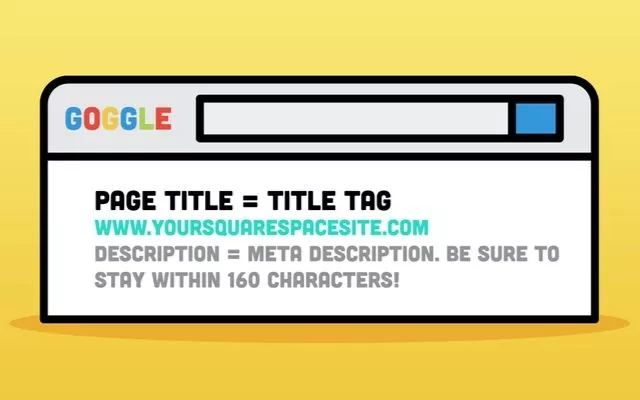What is a title tag?
<title> is a tag that defines the title of the document. The title element is mandatory in all HTML/XHTML documents and is one of the important SEO elements on the page. It is an element with the name “meta” meaning that it gives information about an HTML/XHTML file, but it is not visible on the page presented to users. Of course, this does not mean that it is not visible to users; the title tag appears on results pages just above the URL and also at the top of a browser. Moz.com, the world’s largest SEO community, believes that the title tag is the single most important SEO element on a page, out of all the things outside of the overall content.
- Title tags should generally be shorter than 70 characters, so they fit on results pages when the full tag is displayed and people can read them easily and completely.
- Each title tag on your website should be made unique with separate, descriptive titles for each page on your site. The HTML suggestions page in Google Webmaster Tools lists missing or potentially problematic heading tags.
- Use keywords in title tags and place important keywords near the beginning of the title tag. Search Engines will highlight these terms in search results when a user makes a query with these terms.
- Avoid keyword spamming. There is no reason for the same words or phrases to appear more than once. Also, try to create a theme for each page.
- Google recommends that titles include your branding, so include your site name at the beginning or end of each title, separated from the rest of the title by a separator such as a hyphen, column, or “|
Writing title tags and meta descriptions for click optimization
When dealing with title tags and meta descriptions, the user, not the search engine, is always the most important factor. It is important to include your keywords in your titles and descriptions, but SEOs can take their titles and descriptions to a better level by considering these tags in the context of motivating a user to click, similar to a PPC ad.
- Include action verbs that encourage the user to take action, such as “shop now”, “read more”, “learn the secrets”, “book today”, “sign up for a free trial”.
- Articulate value propositions that include things like “free”, “sign up in 2 minutes”, “easiest to use”, etc.
- Experiment with capital letters to emphasize important words.
- Use unique characters and punctuation: “#### ***** FREE!!! ***** #### Click now!!!”

